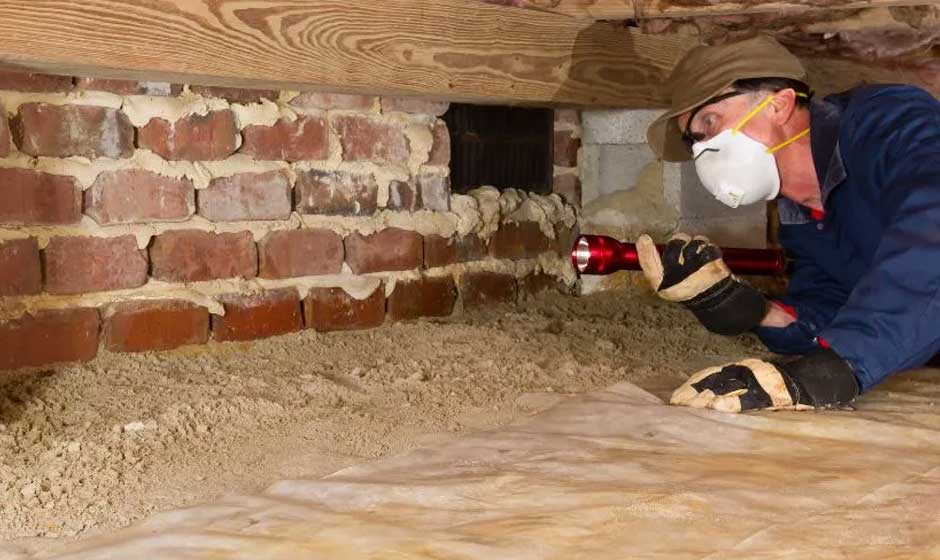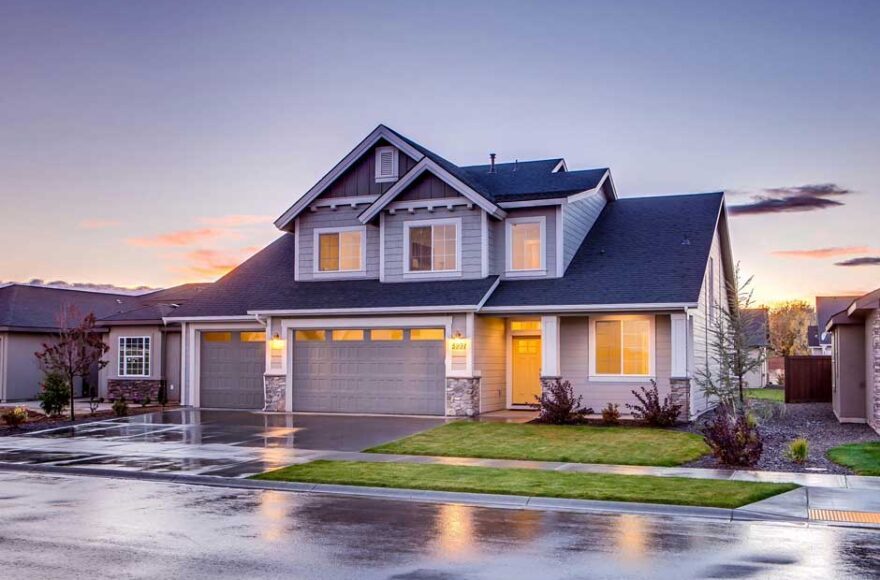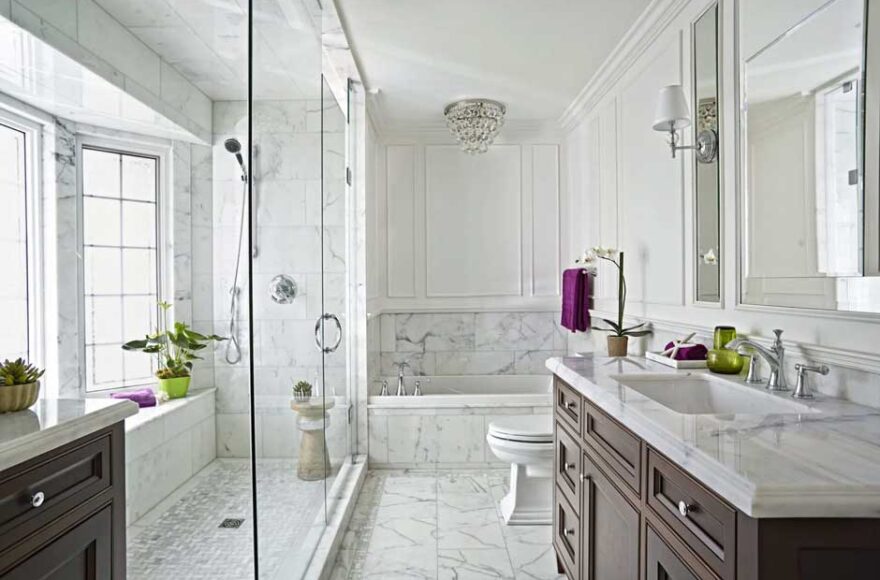Crawl Space Insulation: Best Practices for Healthier Homes

When considering the energy efficiency and long-term health of your home, it’s essential to look beyond traditional insulation spots, such as attics and walls. One frequently neglected yet impactful area is the crawl space. By improving this foundation space, you can achieve noticeable benefits in both energy savings and air quality. If you’re looking to make a difference, professional crawl space services can dramatically enhance your home’s comfort and structural integrity.
Properly insulating the crawl space not only protects your home from fluctuating temperatures and moisture-related problems but also ensures healthier air circulating through your living spaces. Whether you are dealing with musty odors, drafty cold floors, or recurring mold issues, upgrading this key area can deliver measurable results for your household’s well-being and energy bills.
Understanding the Importance of Crawl Space Insulation
Crawl spaces are especially vulnerable to moisture intrusion and thermal instability. Without effective insulation, this area can be the source of energy loss, dampness, and even pest infestations. Over time, these issues may compromise the comfort and structural integrity of your home, leading to increased maintenance and repair costs. Robust insulation and moisture control are essential first steps for addressing these problems at their core. Professional crawl space services play a vital role in this process, offering targeted solutions such as vapor barriers, dehumidification, and encapsulation to prevent long-term damage.
For homeowners who want to safeguard their investment and ensure the long-term health of their home, addressing the crawl space is a proactive and innovative strategy. Insulating and sealing this foundation zone helps regulate temperature, block unwanted moisture, and mitigate contaminants from seeping upwards, significantly boosting your home’s resilience and indoor environment.
Benefits of Proper Crawl Space Insulation
Enhanced Energy Efficiency
Quality insulation in your crawl space serves as an additional thermal barrier, helping your home retain conditioned air throughout the year. By reducing the transmission of cold or hot air from the ground, you lower your HVAC system’s energy demand. Research shows that improving crawl space insulation can cut energy bills by as much as 15 to 25%. This not only leads to cost savings but can also extend the lifespan of your heating and cooling systems by alleviating constant stress and wear and tear. According to This Old House, properly insulating and sealing crawl spaces is one of the most effective ways to enhance a home’s energy efficiency and comfort.
Moisture Control and Mold Prevention
One of the most significant dangers to an under-insulated crawl space is persistent moisture, which creates ideal conditions for mold, mildew, and wood rot. Insulation solutions, such as closed-cell spray foam, are highly effective in these areas because they both insulate and act as vapor barriers, thereby minimizing moisture migration. This not only protects the structure of your home but also delivers cleaner air by preventing mold spores and other allergens from entering the interior.
Improved Indoor Air Quality
The condition of your crawl space can have a surprising impact on the air you breathe indoors. Unsealed or uninsulated crawl spaces are a common entry point for dust, allergens, and humidity, which can trigger or exacerbate respiratory problems. Effective insulation and sealing not only block these pollutants but also help maintain a more consistent indoor humidity level, creating a healthier atmosphere for all occupants.
Best Practices for Crawl Space Insulation
Choose the Right Insulation Material
Selecting the proper material is critical for optimizing benefits and preventing future issues. Consider the following options:
- Fiberglass Batts: Cost-effective and accessible, but must be paired with a vapor barrier to be effective in damp conditions.
- Spray Foam: Delivers excellent thermal resistance and moisture blocking, but typically requires professional installation.
- Rigid Foam Boards: Suitable for crawl space walls, these offer solid moisture resistance and durability.
Install a Vapor Barrier
Before installing insulation, it’s essential to lay a vapor barrier on the crawl space floor. This heavy-duty plastic sheeting, sealed adequately at all seams and edges, prevents ground moisture from rising and saturating the space above.
Seal Air Leaks
Inspect the crawl space for gaps around plumbing, electrical access points, or ductwork, and seal them with suitable materials. This extra step helps keep conditioned air in and unwanted drafts and pests out, maximizing the performance of any insulation you install.
Ensure Proper Ventilation
Balance is key: while you want to seal out air leaks and excess humidity, proper ventilation or even mechanical dehumidification may be necessary to keep the space dry. Especially in humid climates, consider adding an automatic dehumidifier to maintain safe humidity levels and prolong the integrity and insulation effectiveness of your crawl space.
Common Mistakes to Avoid
- Ignoring Moisture Issues: Addressing existing moisture is the top priority; insulating over damp areas will trap water, leading to mold and wood rot.
- Using Inappropriate Materials: Some insulation, like traditional fiberglass batts, can readily absorb moisture and lose effectiveness if not adequately protected by a vapor barrier.
- Improper Installation: Compression, gaps, or incomplete coverage all reduce the performance of your insulation, allowing ongoing problems to occur underneath your home.
Conclusion
Investing in high-quality crawl space insulation is a proactive step toward improved home energy efficiency, comfort, and air quality. With the right insulation approach, vapor barriers, precise sealing, and proper ventilation, your home will benefit from reduced energy costs and a healthier living environment for years to come. For specialized guidance, consider crawl space services tailored to the unique needs of your property and local climate.


